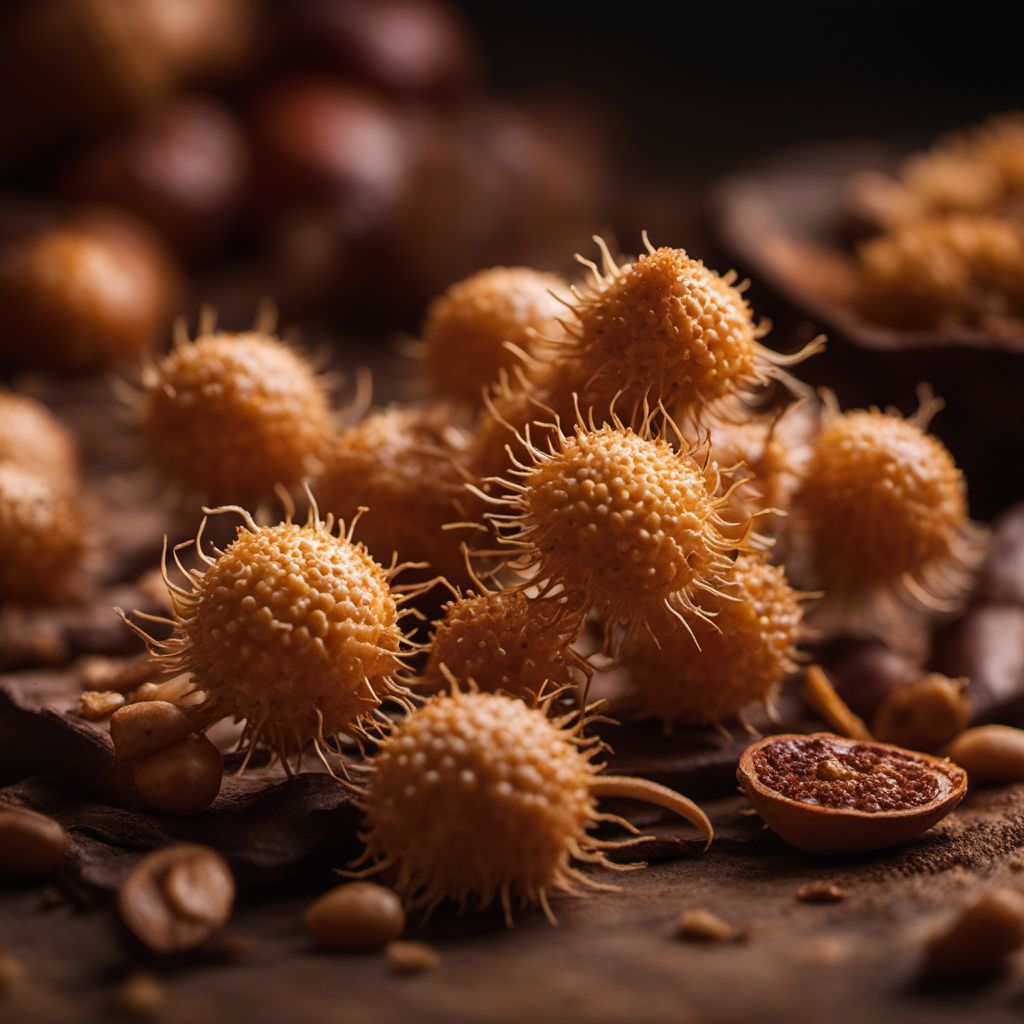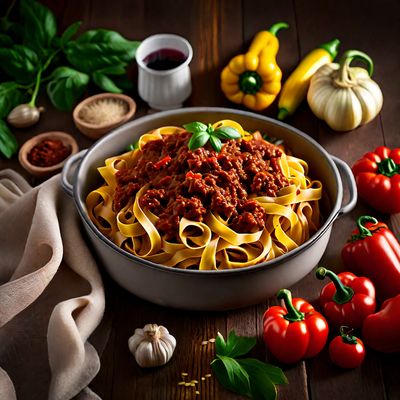
Ingredient
Arracacha
The Versatile Root: Arracacha
Arracacha is a root vegetable that resembles a carrot but has a cream-colored flesh. It has a slightly sweet and nutty flavor with hints of celery and parsley. The texture is firm and starchy, making it suitable for both boiling and frying. Its vibrant color adds visual appeal to dishes, and it can be used as a substitute for potatoes or carrots in many recipes.
Origins and history
Arracacha has its origins in the Andean region of South America, particularly in Peru and Colombia. It has been cultivated for centuries by indigenous communities and is an essential part of their culinary traditions. Arracacha was introduced to Europe by Spanish explorers in the 16th century and later spread to other parts of the world. Today, it is primarily grown in South America, Central America, and some parts of Africa.
Nutritional information
Arracacha is a low-calorie root vegetable that is a good source of dietary fiber, vitamin C, and potassium. It also contains significant amounts of vitamin B6 and magnesium. With only around 100 calories per 100 grams, it is a nutritious addition to a balanced diet.
Allergens
There are no known allergens associated with arracacha.
How to select
When selecting arracacha, look for roots that are firm, smooth, and free from blemishes or soft spots. The skin should be intact and without any signs of mold or decay. Choose medium-sized roots as they tend to have a better texture and flavor. Avoid any roots that feel spongy or have a strong odor.
Storage recommendations
To store arracacha, remove any excess soil and trim the greens if present. Place the roots in a perforated plastic bag or a vegetable drawer in the refrigerator. It can last for up to two weeks when stored properly. Avoid washing the roots before storage as moisture can promote spoilage.
How to produce
Arracacha can be grown in home gardens or small-scale farms with the right conditions. It requires well-drained soil, regular watering, and a sunny location. The seeds or seedlings can be planted in spring or early summer, and the roots are typically ready for harvest after 8 to 10 months.
Preparation tips
Arracacha can be boiled, steamed, roasted, or fried. It can be used as a substitute for potatoes in stews, soups, and mashed dishes. It can also be sliced and fried to make crispy chips or grated and used in fritters and pancakes. Additionally, arracacha can be used in desserts like cakes and puddings to add a unique flavor and texture.
Culinary uses
Arracacha is commonly used in Latin American cuisine, particularly in countries like Peru, Colombia, and Brazil. It is a key ingredient in dishes like sancocho (a hearty soup), ajiaco (a potato and chicken stew), and carimañolas (deep-fried cassava rolls filled with meat or cheese). It is also used in traditional desserts like arracacha cake and arracacha pudding.
Availability
Arracacha is primarily cultivated in South America, particularly in Peru, Colombia, Ecuador, and Brazil. It is also grown in some parts of Central America and Africa. It is less commonly available in other regions of the world.
More ingredients from this category
Recipes using Arracacha

Tagliatelle al ragù alla Bolognese
Tagliatelle con salsa de carne a la Boloñesa

Puerto Rican Style Hot Pot
Sancocho de Puerto Rico - Puerto Rican Style Hot Pot

Ahuatle Tacos with Spicy Salsa
Savory Delight: Ahuatle Tacos, a Mexican Culinary Gem

Tagliatelle al ragù alla Bolognese
Tagliatelle con salsa de carne a la Bolognesa

Malagasy-inspired Spicy Tomato Salsa
Fiery Tomato Delight: A Malagasy Twist on Spicy Salsa

Chicatanas Stir-Fry with Liaoning Twist
Savory Chicatanas Stir-Fry: A Liaoning Delight
